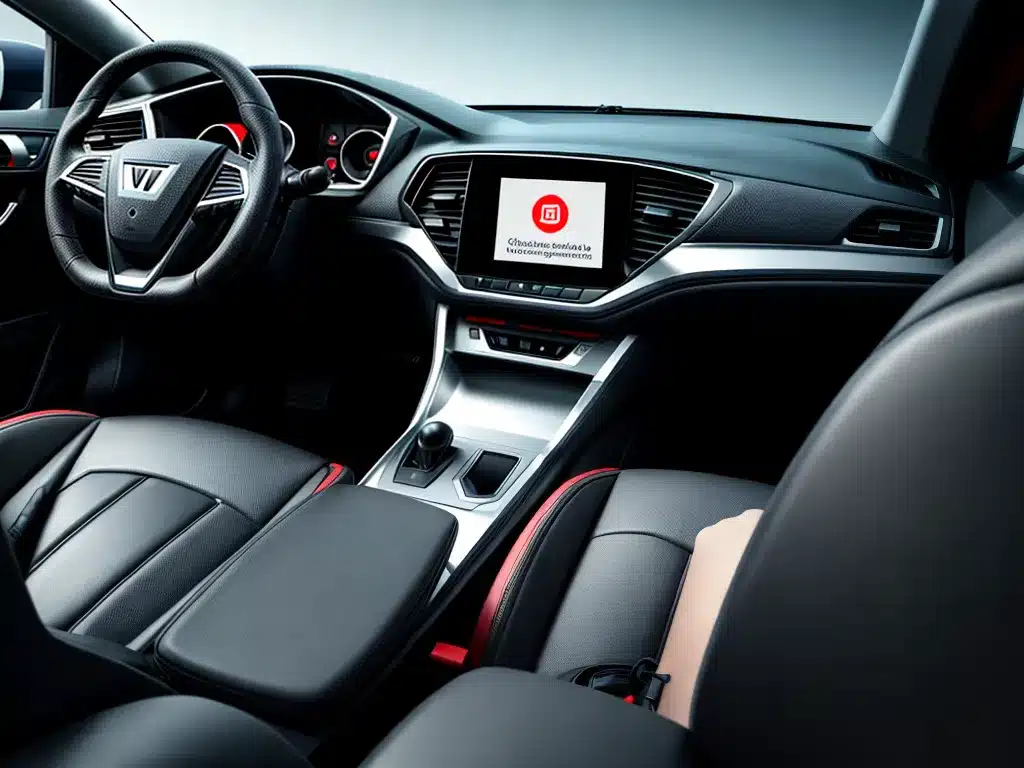
Introduction
Autonomous vehicles (AVs) are rapidly advancing and have the potential to transform transportation. However, AVs rely heavily on collecting and processing large amounts of data, raising important questions around data security and privacy. This article will provide an in-depth look at key data security and privacy issues for AVs, standards that are emerging to address them, and what still needs to be done.
Key Data Security Risks
AVs are essentially computers on wheels, packed with sensors and complex software. This makes them vulnerable to cyberattacks that could endanger passengers and other road users. Potential cyber risks include:
- Hacking of AV systems to gain unauthorized access and control.
- Jamming of sensors and communication systems.
- Spoofing of sensor data to trick the AV.
- Denial-of-service attacks to disable AV systems.
- Ransomware that locks down AV systems until a ransom is paid.
These types of threats could allow attackers to track AVs, identify passengers, or even take over driving functions, with potentially deadly consequences.
Privacy Risks from Data Collection
AVs rely heavily on collecting data from onboard sensors and cameras to perceive their environment. This includes:
- Location data from GPS and maps.
- Audio and video feeds from cameras and microphones.
- Biometric data like face scans.
- Vehicle operational data like speed, acceleration etc.
The scale of data collected raises major privacy issues. Sensitive personal information could be exposed in a data breach. Location histories can reveal private activities. Passengers may not realize they are under surveillance. There are risks of constant tracking, profiling and behavioral analysis based on AV data.
Emerging Standards and Best Practices
Organizations like the National Highway Traffic Safety Administration (NHTSA), Society of Automotive Engineers (SAE), and International Standards Organization (ISO) are developing standards and best practices for AV cybersecurity and privacy:
- Cybersecurity risk assessment throughout the AV design process.
- Encryption of sensitive data flows and storage.
- Access controls to limit data access.
- Secure software updates to address vulnerabilities.
- Intrusion detection systems to spot anomalous network traffic.
- Data minimization to only collect necessary data.
- Clear privacy policies on data collection and use.
- Consent from passengers around data collection.
- Anonymization of personal data where possible.
Adhering to these standards reduces risks. But they remain voluntary in many cases.
Gaps and Challenges
Further progress is needed around AV data protections:
- Mandatory standards are required, not just voluntary ones companies can ignore.
- Liability laws must define legal responsibility when data abuses or cyber breaches occur.
- Updated regulations to address data privacy risks unique to AVs.
- Consumer education so the public understands AV data collection practices.
- Testing and audits to validate data protections meet requirements.
- Interoperability across different AV manufacturers and models.
Until comprehensive standards are in place and rigorously enforced, data risks may slow public acceptance of AVs. Ongoing collaboration between regulators, companies, and experts will be critical to develop and implement robust data privacy and security frameworks for AVs. The safety of passengers and road users depends on it.
Conclusion
AVs have transformative potential, but also raise major data security and privacy concerns. Encouragingly, standards are emerging to mitigate risks around hacking, surveillance, and data misuse. But gaps remain around regulations, liability, auditing, and consumer education. Addressing these issues through mandatory standards, updated laws, and greater transparency will be key to building public trust in AV technology regarding data protection. With diligent efforts to put comprehensive safeguards in place, society can realize the benefits of AVs while protecting user privacy and safety.












